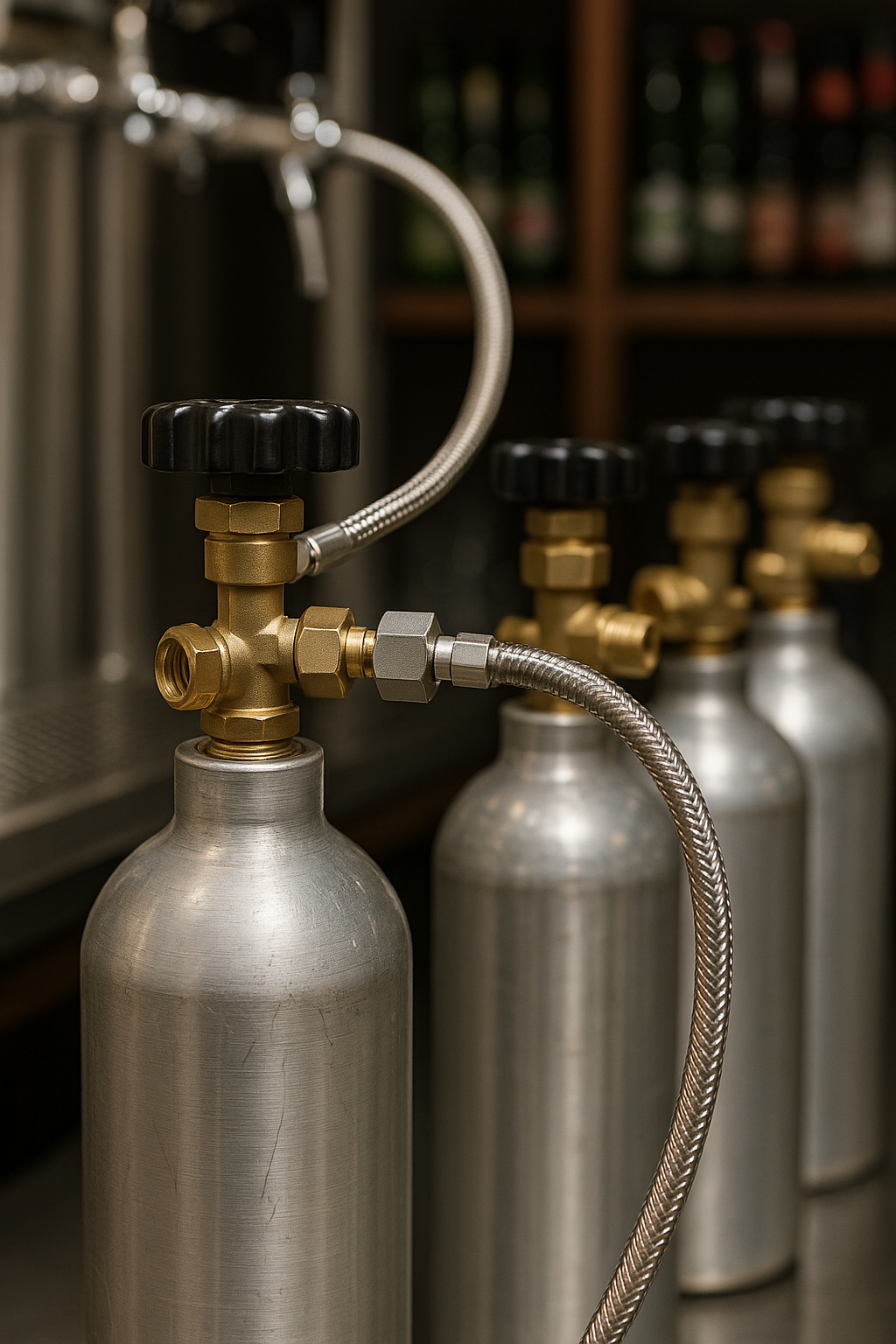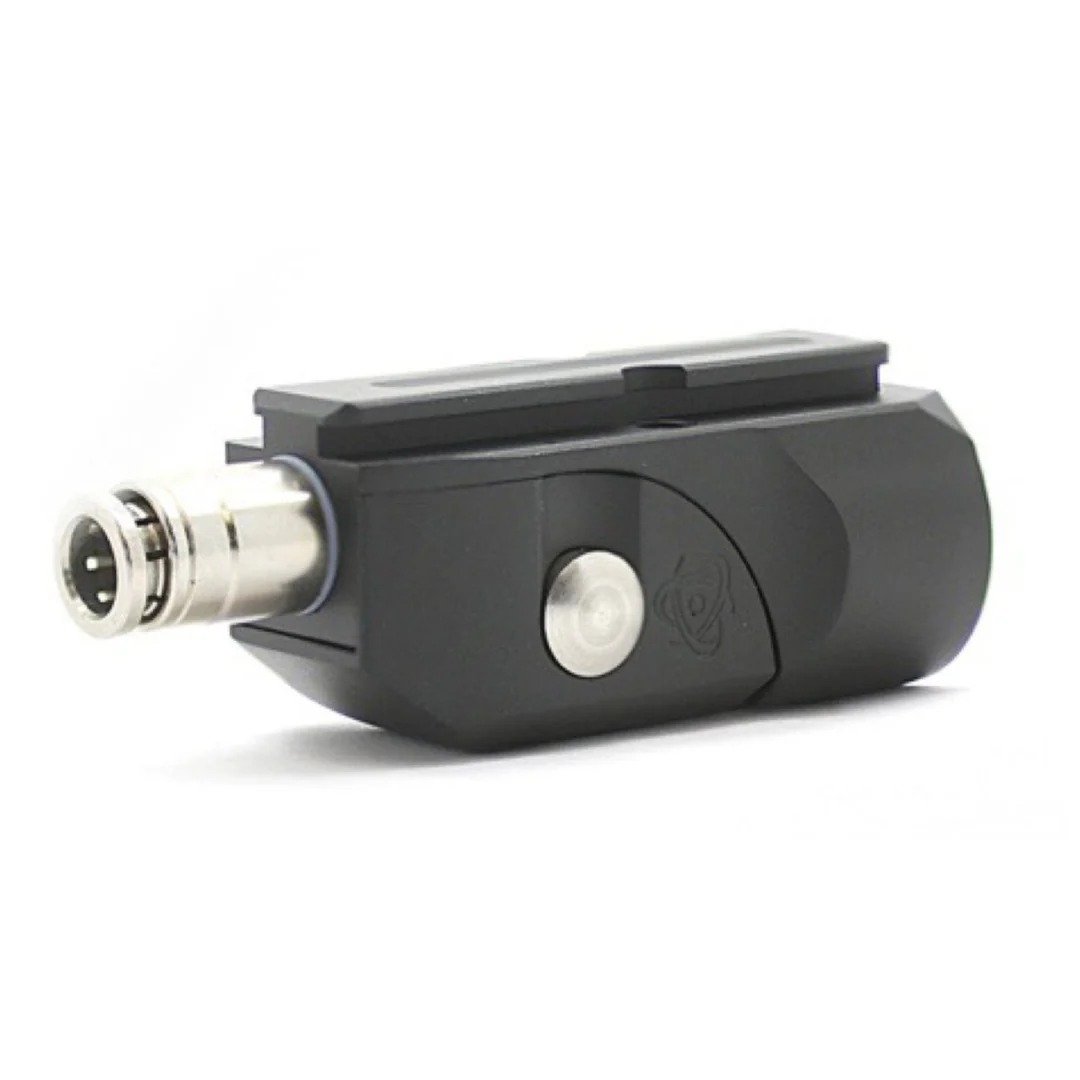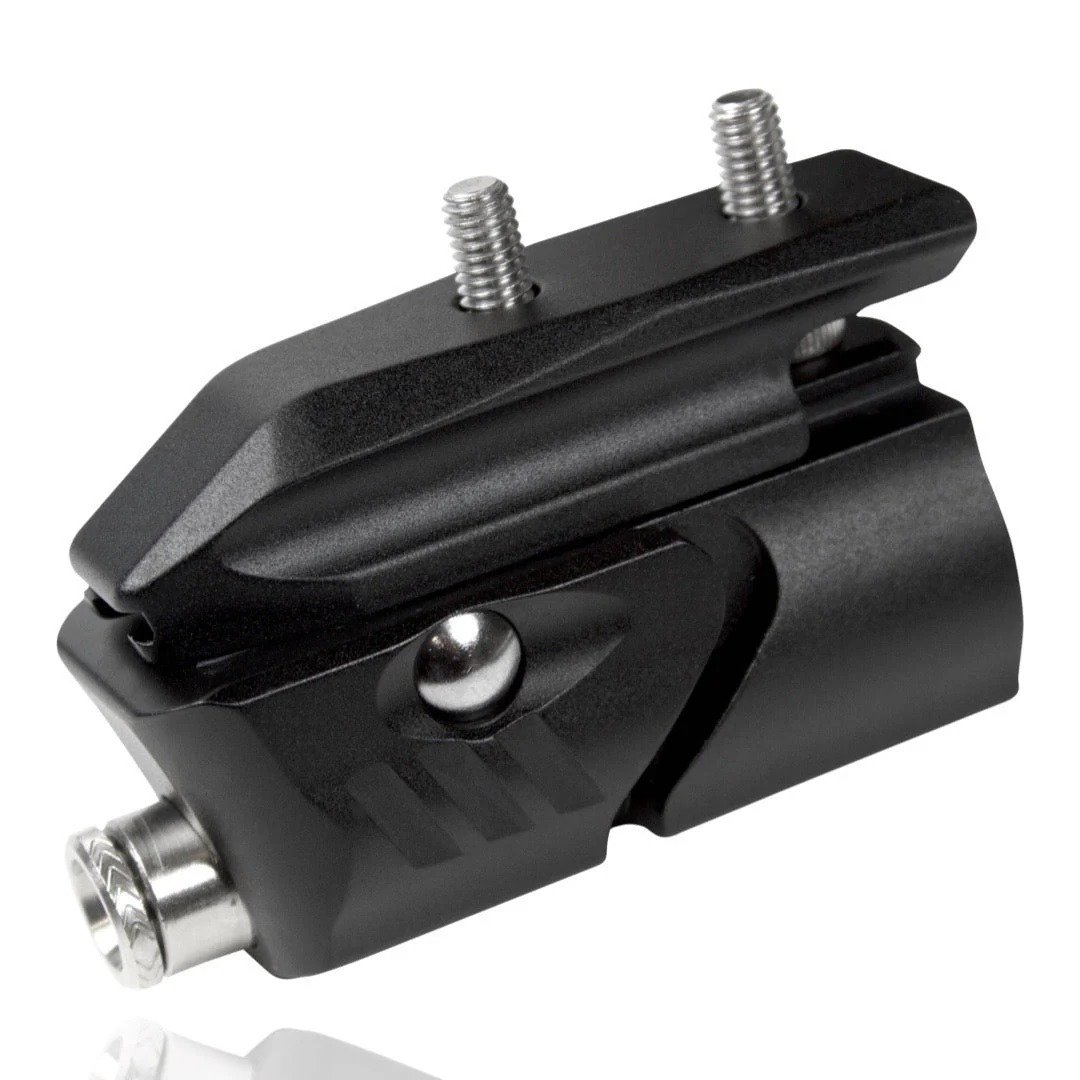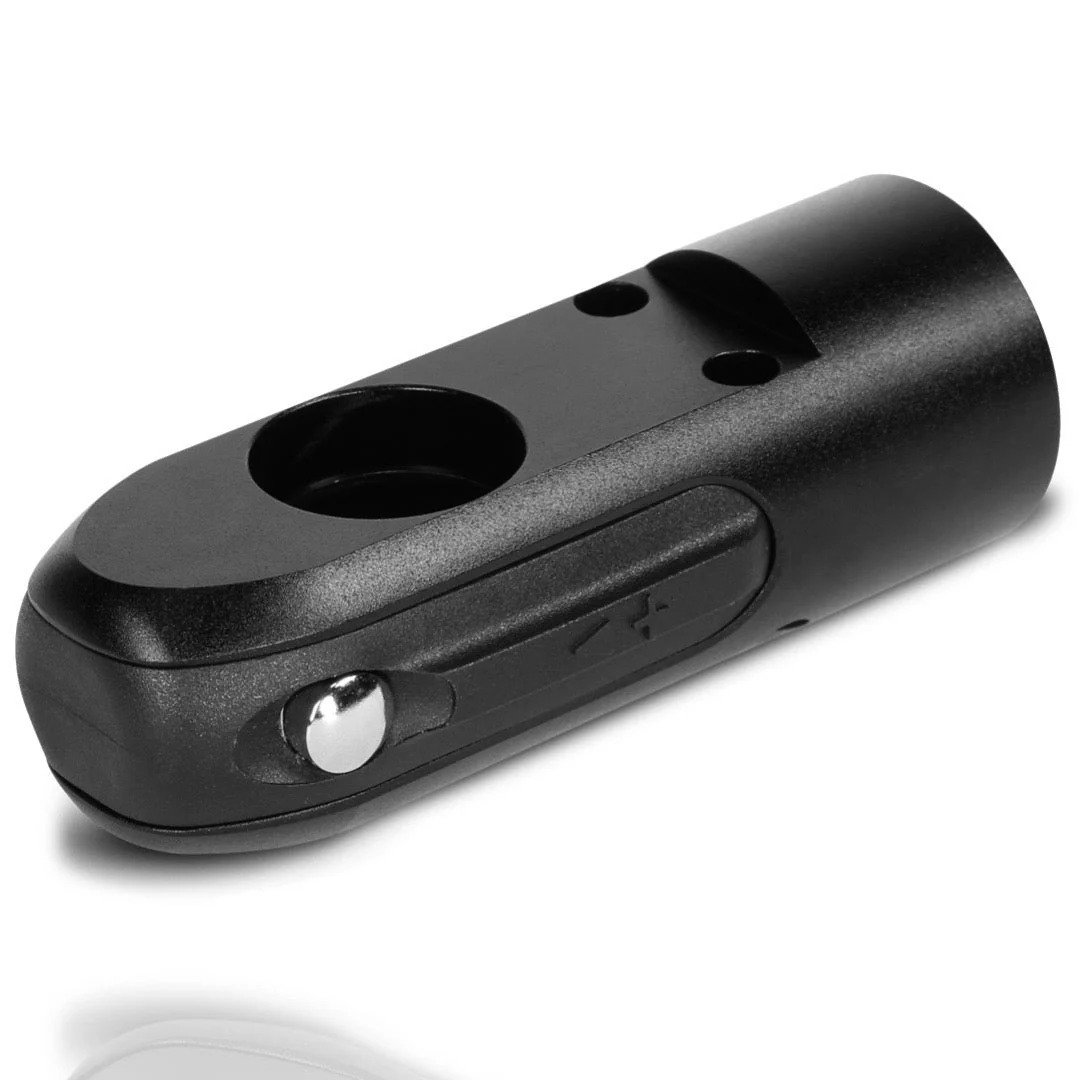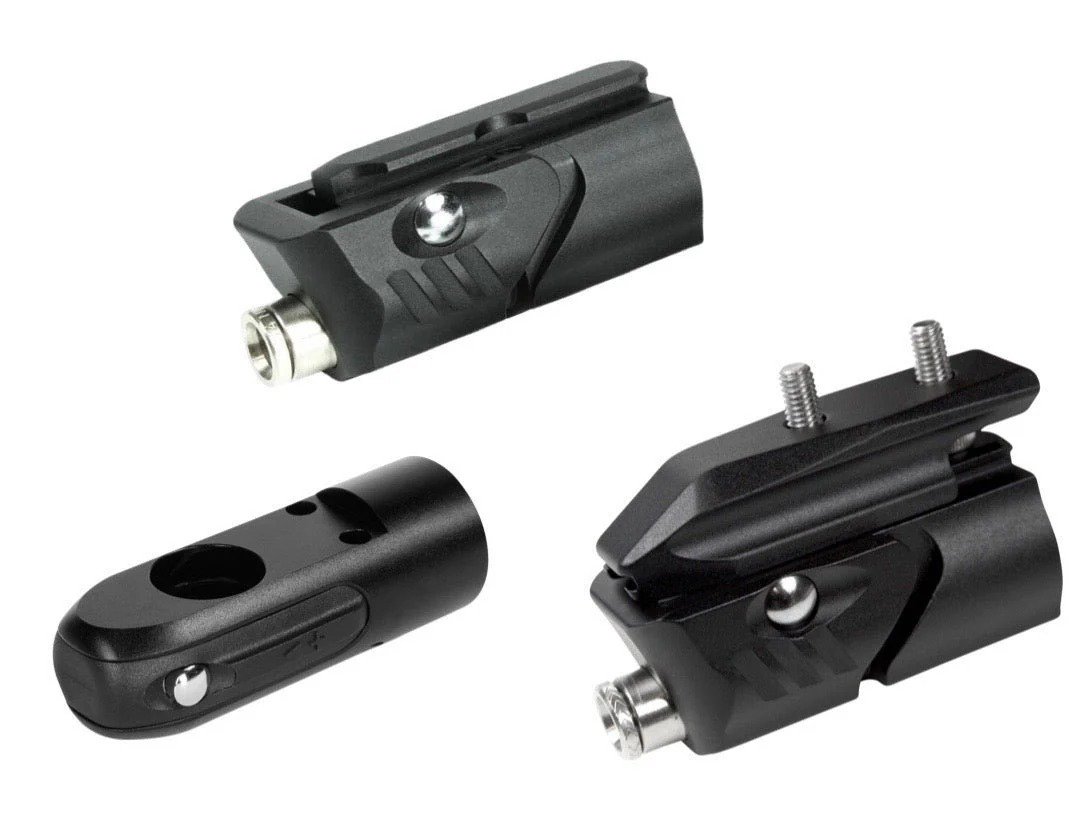Problem: CO₂ paintball guns often perform poorly in cold weather and deliver inconsistent shots.
Agitation: This frustrates players during games, especially in competitive settings.
Solution: Converting a CO₂ gun to HPA is a simple solution that dramatically improves consistency and reliability.
Yes, you can convert a CO₂ paintball marker to HPA using a standard 13 oz aluminum HPA tank and the right adapter. This upgrade delivers better shot stability and cold-weather performance.
Thinking of switching but not sure how? Read on—we break it down step-by-step.
Table of Contents
How Do You Convert a CO₂ Paintball Gun to HPA?
Problem: Many players think switching gas types requires major gun modification.
Agitation: That sounds expensive and risky.
Solution: You don’t need any internal adjustments—just a tank and adapter.
You simply remove your CO₂ setup and screw in the HPA tank using a compatible adapter. No modification is needed.

The conversion process is surprisingly simple. You don’t have to disassemble the marker or upgrade internal parts. Instead, use a basic HPA tank with a pressure output that matches your gun’s safe operating range. This often involves a built-in or external regulator.
Step-by-Step Breakdown
| Step | What to Do | Why It Matters |
| 1 | Remove the CO₂ tank or remote | Clears the system to accept the new gas source |
| 2 | Install the HPA tank and adapter | Allows the marker to connect to HPA safely |
| 3 | Check and regulate pressure | Ensures safe, consistent performance |
This process is fully reversible and doesn’t void your marker’s standard mechanical integrity.
Why Use a 13 oz Aluminum HPA Tank?
Problem: HPA tanks can be bulky or heavy.
Agitation: That makes fast-paced games harder to enjoy.
Solution: A mid-sized aluminum tank is lightweight and portable.
The 13 oz aluminum tank is compact, making it perfect for handheld paintball guns without sacrificing air supply.
Aluminum HPA tanks are lighter than steel and easier to carry for long games. A 13 oz size strikes a balance—enough air for casual matches, but small enough to stay nimble. These tanks are also typically fitted with universal threads and work with most standard paintball regulators and fittings.
You don’t need a special setup or complicated installation. Just screw it in, and you’re ready to go.
What Performance Difference Can You Expect?
Problem: Cold weather makes CO₂ unreliable.
Agitation: Your marker might lose power, or worse—freeze up.
Solution: HPA delivers consistent pressure regardless of the temperature.
After the switch, you get smoother shots, consistent velocity, and better overall reliability—even in cold conditions.
CO₂ expands into gas when released, but in cold environments, the expansion slows dramatically. This causes low pressure, weak shots, and unpredictable ball trajectories. HPA, on the other hand, is stored as compressed gas—not liquid—so it performs evenly in all climates.
Players often report improved accuracy, smoother recoil, and fewer maintenance issues post-upgrade. With pressure properly regulated, every shot feels balanced and precise. This upgrade isn’t just a technical improvement—it’s a game-changer on the field.
Conclusion
Converting a CO₂ paintball gun to HPA is a quick and effective way to improve shot consistency, reduce maintenance issues, and dominate in any weather.

